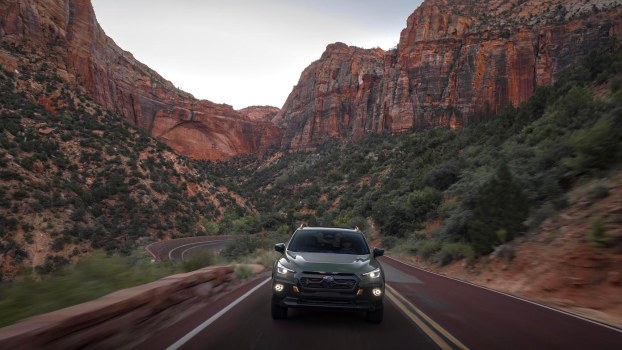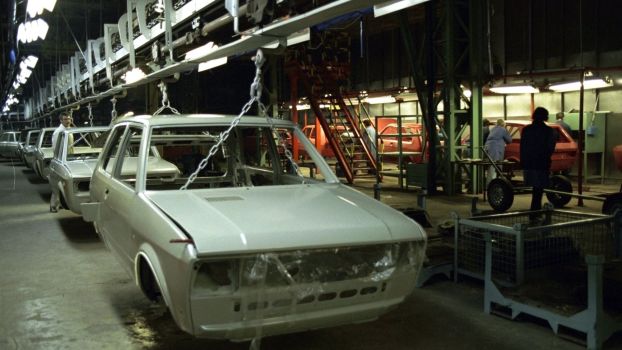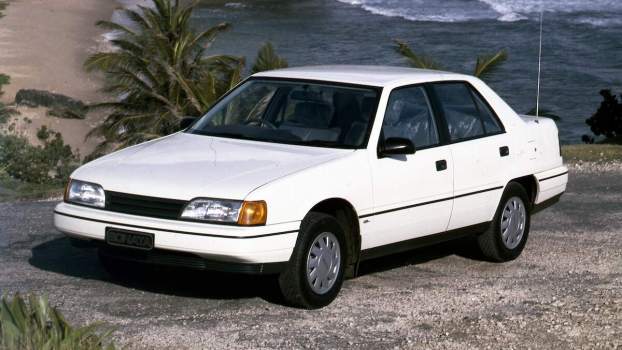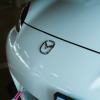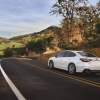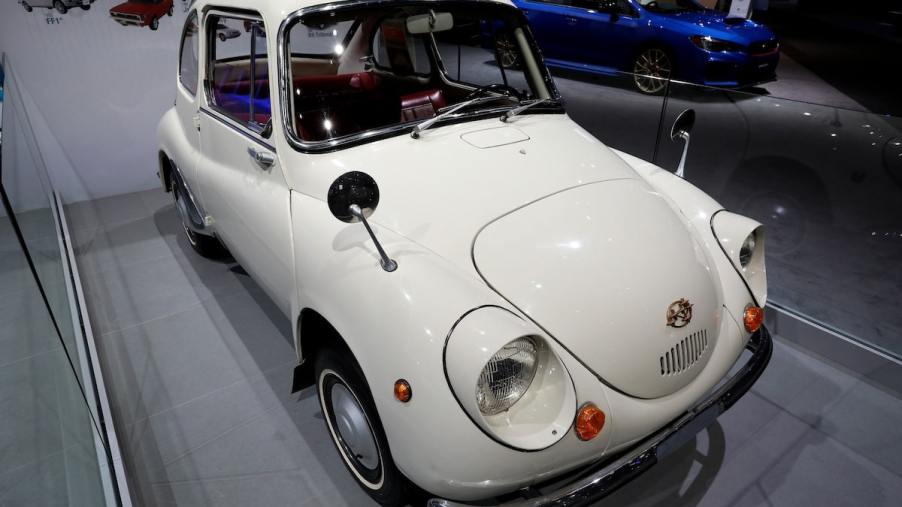
How 1 Brutal Review of a ‘Cheap and Ugly’ Car Nearly Doomed Subaru of America
Subaru of America is among the most respected automotive brands. Today, it’s famous for building reliable all-wheel-drive SUVs. However, the automaker didn’t always enjoy success. The story starts with businessman Malcolm Bricklin, who developed the 1970s gullwing sports car the Bricklin SV-1 and brought a tiny car called the Subaru 360 to the United States. The Subaru 360 was so small it was hardly classified as a vehicle in the United States. Still, that didn’t stop automotive critics from panning this minicar.
Here’s everything you need to know about the Subaru 360 and how one scathing review almost sank Subaru of America.
What is the Subaru 360?
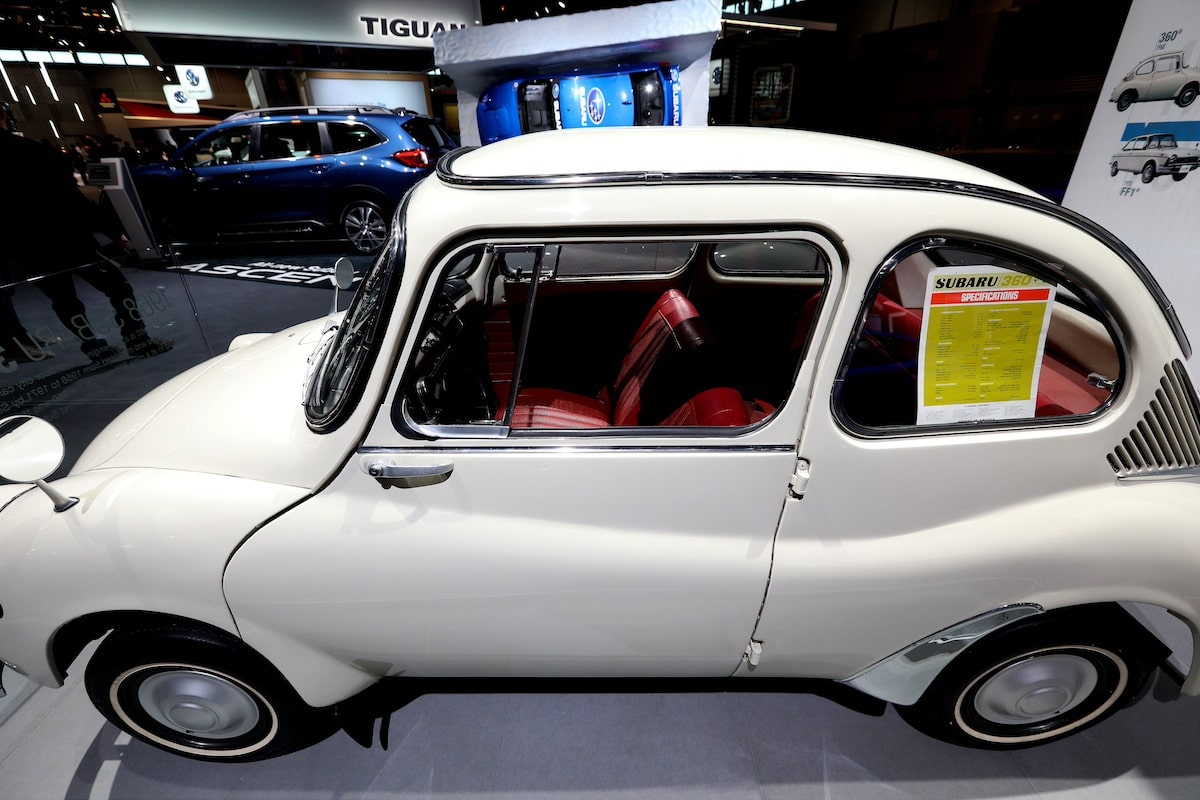
The 360 was the first Subaru car sold in America. Its story began when Malcolm Bricklin, a young entrepreneur, visited Fuji Heavy Industries in the 1960s. There, he saw the company’s minicar, the Subaru 360. This little vehicle had a Volkswagen Beetle’s charm but in an even smaller package. It also boasted a fantastic fuel economy estimate of up to 66 mpg.
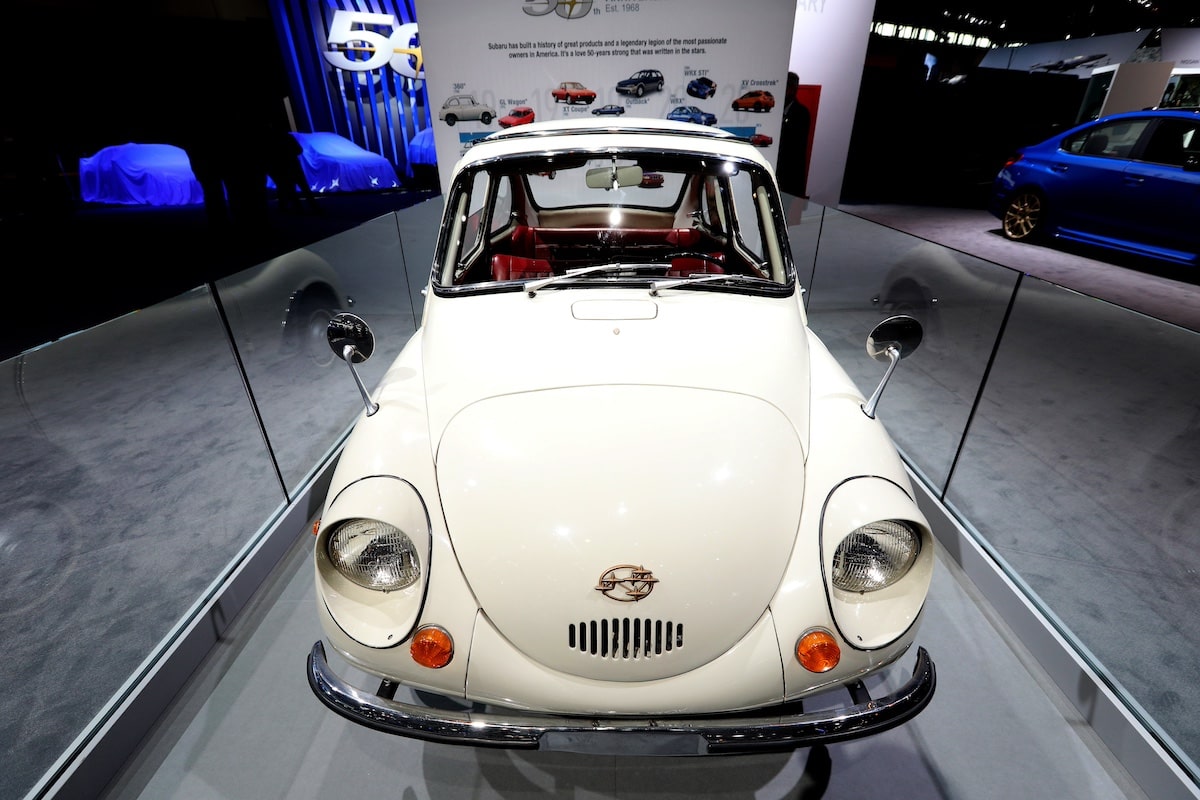
Bricklin knew this Japanese minicar would be impossible to sell to the American public, but he had an avenue to put the vehicle on the U.S. market. The Subaru 360 weighed under 1,000 pounds, light enough that it didn’t have to meet federal regulations to be sold stateside. With this loophole, Bricklin imported the 360 to the U.S. and created Subaru of America, the same company that sells the popular Crosstrek and Impreza today.
Automotive journalists loathed the Subaru 360
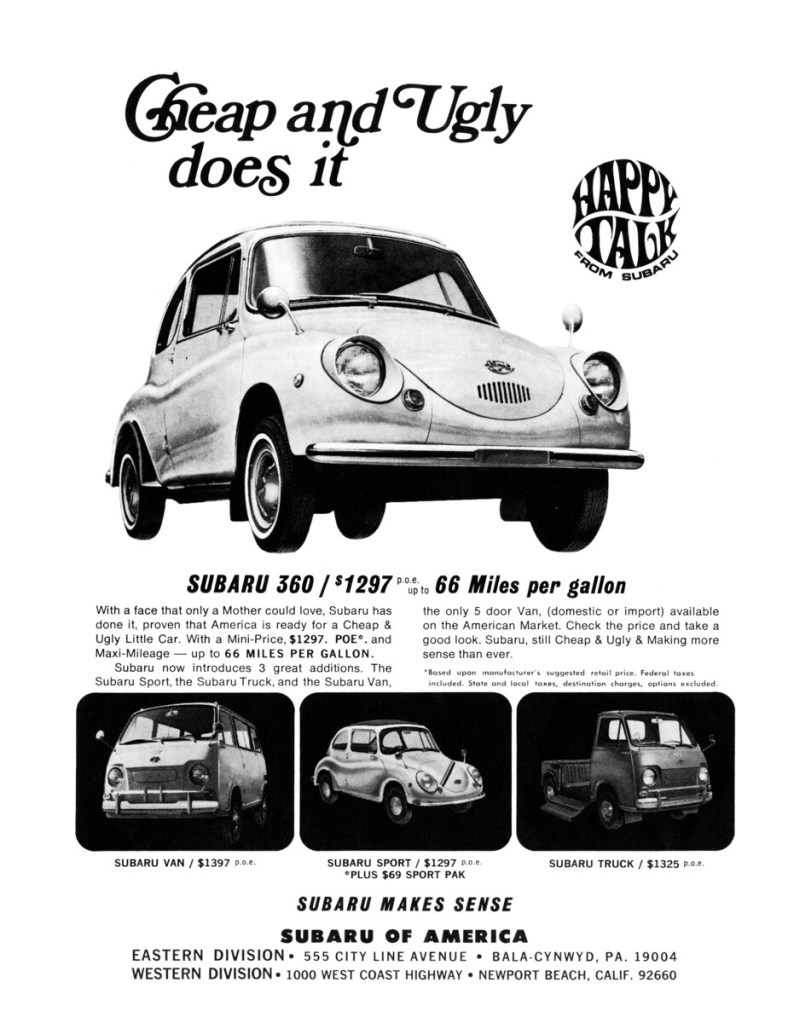
The Subaru 360 was a teeny contender among goliaths, but that didn’t stop automotive journalists from tearing down the little vehicle.
In an infamous review, Consumer Reports attacked the 360’s many weaknesses. CR’s reviewers called the car “unacceptably hazardous,” saying their test model weighed seven pounds below the limit but should have been forced to meet federal safety regulations. Furthermore, the Subaru 360 took 37.5 seconds to reach 50 mph, making it dangerously slow. And testers could get only 25 to 35 mpg, not the touted 66 mpg.
The 360 also failed at its build quality, with Consumer Reports saying the defroster/defogger worked on only a small portion of the windshield and couldn’t defrost snow and ice. Additionally, the car’s doors awkwardly opened backward, hinged at the opposite side from usual. They also weren’t burst-proof, meaning the doors could open while driving, and the wind could slam them against the bodywork. Unfortunately, that happened to CR’s reviewers.
Test drivers also said simply sitting in the front seat made them “psychologically and physically uncomfortable.” Their only positive comment was that “it was a pleasure to squirm out of the Subaru, slam the door, and walk away.”
Unsurprisingly, Consumer Reports rated the Subaru 360 “Not Acceptable.”
Was the 360 a success despite the scathing review?
The negative press almost tanked Subaru of America.
Malcolm Bricklin told Automotive News in 2018 that after the review came out, “Somebody called me and said, ‘Have you seen Consumer Reports?’ I said, ‘What’s Consumer Reports?’ Well, we were on the cover of Consumer Reports with a story that said the 360 was a piece of crap….”
Somehow, the Subaru 360 sold around 10,000 units in the United States, although the similarly priced VW Beetle was better in nearly every way. Subaru leaned into the criticism, calling the 360 “cheap and ugly” in advertising materials. Bricklin also claimed the negative press surrounding the car embarrassed Fuji Heavy Industries, and he had to beg to keep the Subaru import contract.
Ultimately, the Subaru 360 should have never been on U.S. roads. It was too small, too slow, and too dangerous to drive among American road barges from Buick and Cadillac. However, Subaru of America’s dedication and perseverance eventually transformed the company into a trusted brand.
